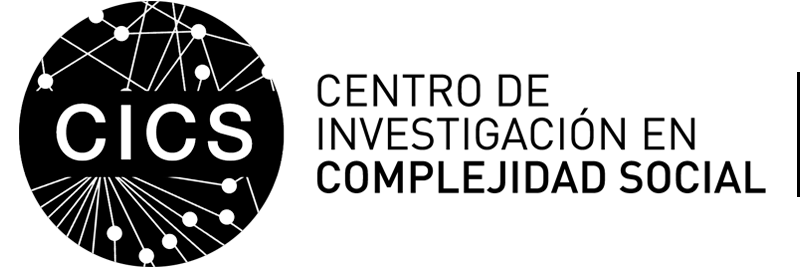Unveiling Current Guanaco Distribution in Chile Based upon Niche Structure of Phylogeographic Lineages: Andean Puna to Subpolar Forests
Benito A. González, DOI: 10.1371/journal.pone.0078894.
ABSTRACT
Niche description and differentiation at broad geographic scales have been recent major topics in ecology and evolution. Describing the environmental niche structure of sister taxa with known evolutionary trajectories stands out as a useful exercise in understanding niche requirements. Here we model the environmental niche structure and distribution of the recently resolved phylogeography of guanaco (Lama guanicoe) lineages on the western slope of the southern Andes. Using a maximum entropy framework, field data, and information on climate, topography, human density, and vegetation cover, we identify differences between the two subspecies (L.g.cacsilensis, L.g.guanicoe) and their intermediate-hybrid lineage, that most likely determine the distribution of this species. While aridity seems to be a major factor influencing the distribution at the species-level (annual precipitation <900 mm), we also document important differences in niche specificity for each subspecies, where distribution of Northern lineage is explained mainly by elevation (mean = 3,413 m) and precipitation seasonality (mean = 161 mm), hybrid lineage by annual precipitation (mean = 139 mm), and Southern subspecies by annual precipitation (mean = 553 mm), precipitation seasonality (mean = 21 mm) and grass cover (mean = 8.2%). Among lineages, we detected low levels of niche overlap: I (Similarity Index) = 0.06 and D (Schoener’s Similarity Index) = 0.01; and higher levels when comparing Northern and Southern subspecies with hybrids lineage (I = 0.32-0.10 and D = 0.12-0.03, respectively). This suggests that important ecological and/or evolutionary processes are shaping the niche of guanacos in Chile, producing discrepancies when comparing range distribution at the species-level (81,756 km2) with lineages-level (65,321 km2). The subspecies-specific description of niche structure is provided here based upon detailed spatial distribution of the lineages of guanacos in Chile. Such description provides a scientific tool to further develop large scale plans for habitat conservation and preservation of intraspecific genetic variability for this far ranging South American camelid, which inhabits a diversity of ecoregion types from Andean puna to subpolar forests.
Do not disseminate/print without permission of copyright holder.


